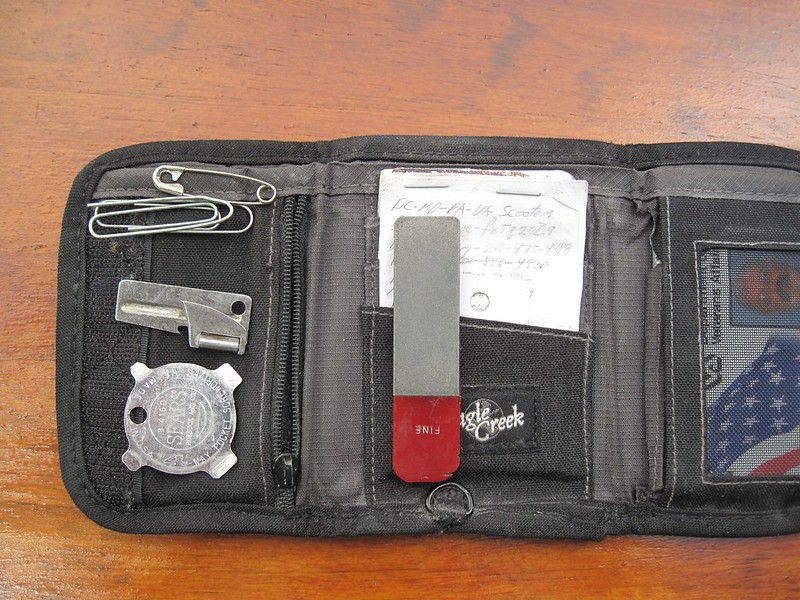Just a self observation I made recently; by having a light stone on the left hand and knife on the right I'm able to create unbeliavably gentle pressure. With small 900-1000 grit white 4$ Ceramic rod I am able to create extremely crisp and keen edges on my knives, thanks to the attained low pressure. I have done this with a 12" carbon steel leuku, which is quite a trick with a 3 1/2" ceramic rod.
Do you often use small stones? Even if you are home with your bench stones?
Do you often use small stones? Even if you are home with your bench stones?




